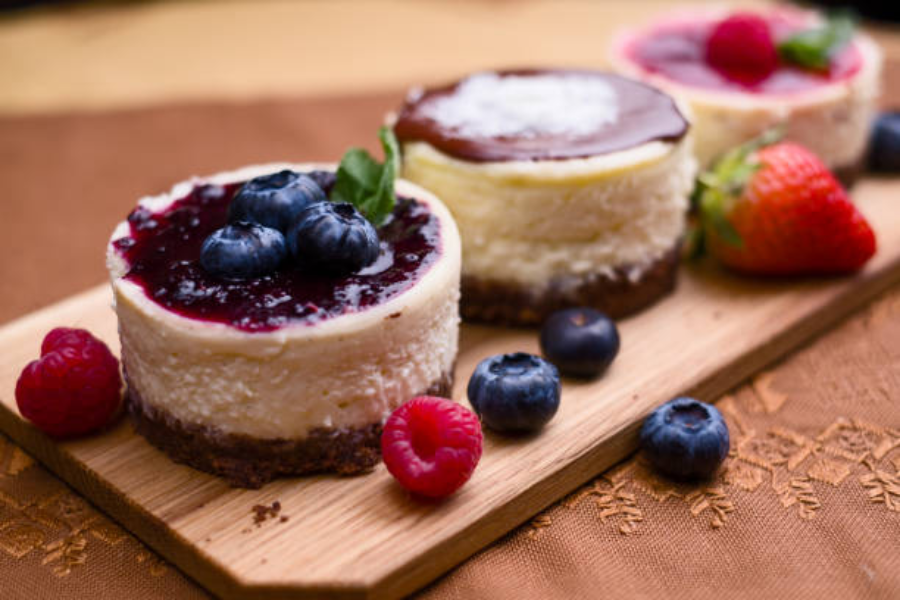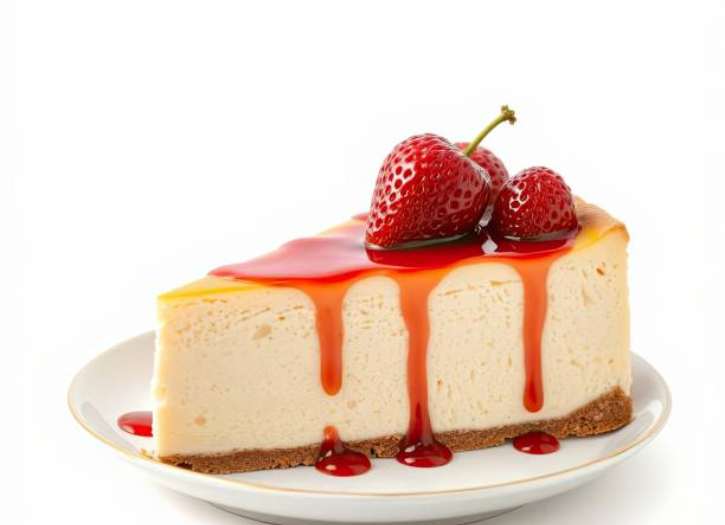It’s noted that Cheesecake dates back to ancient Greece, where its ingredients were just cheese, wheat and honey. It was later adapted and spread throughout Europe. Different variations of cheesecake were developed throughout the regions with different cultures using their unique styles and recipes with local ingredients.
Cheesecake arrived in America with early European Immigrants; however, modern American cheesecake, such as New York style, developed in the early 20th century. It’s noted that William Lawrence, a New York dairy farmer, accidentally created cream cheese in 1872 while attempting to replicate French Neufchatel , which led to a creamier, richer cheesecake. Kraft Foods later popularized cream cheese, further solidifying its place in American cheesecake. The dessert is served in numerous restaurants and is a favorite in many homes during holidays and other special occasions.

New York-style cheesecake is known for its density and rich flavor. Other states besides New York have their spin on variations of cheesecake. In Chicago, sour cream is added to the recipe to keep it creamier, and Philadelphia cheesecake is known for being lighter and creamier and is served with fruit and chocolate toppings. St. Louis enjoys a gooey butter cake, which has an additional layer of cake topping on the cheesecake filling.
Baked cheesecake has a denser, richer, velvety texture. No-bake cheesecake is typically lighter, creamier and mousse-like. It all depends on your preference during preparation.
Baked cheesecake can be stored in an airtight container in the refrigerator for 3-4 days. For optimal taste and texture, it’s best to consume within its timeframe. For longer storage, cheesecake can be put in the freezer for up to two months. It’s best to thaw out first in the refrigerator before serving.
No matter how you decide to prepare your cheesecake, it’s a dessert that has stood the test of time. It remains a favorite around the world. Dig in!







Add Comment
You must be logged in to post a comment.